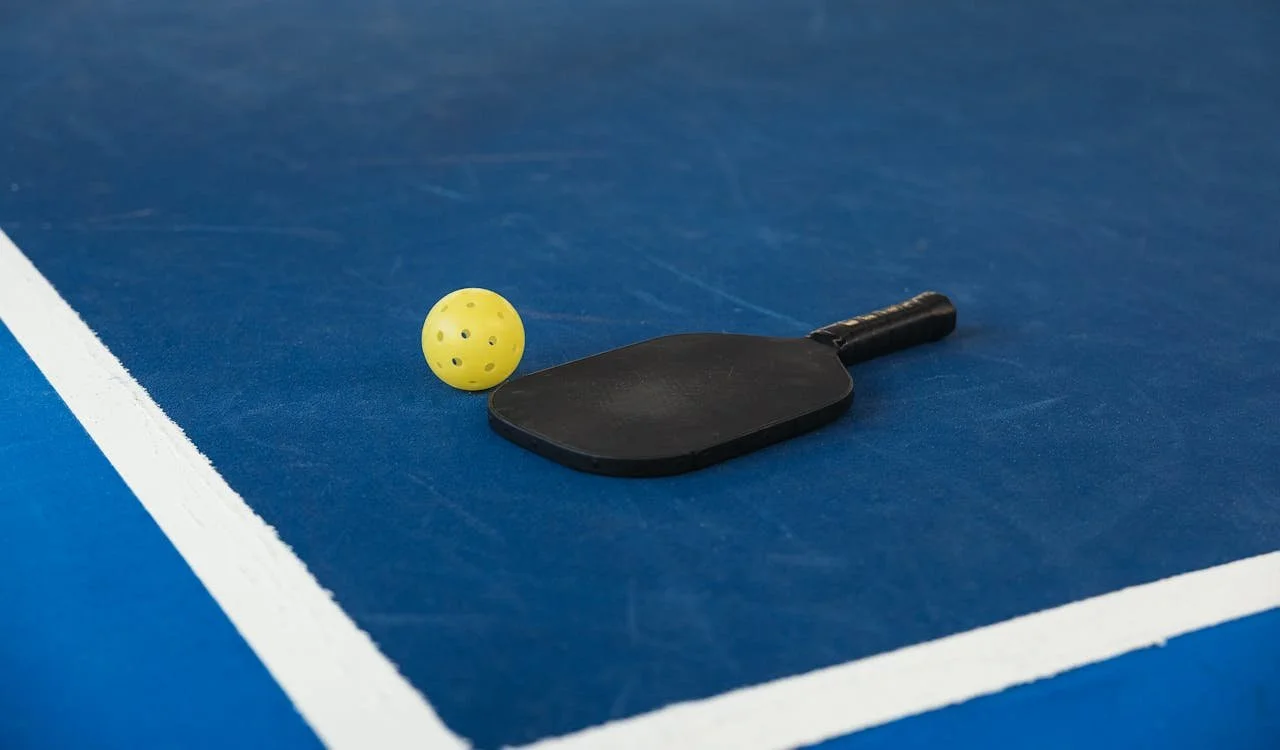Pickleball noise lawsuits are spreading like wildfire. It’s time to rethink local ordinances
by Kathleen Romito, MD, member, Quiet Communities Scientific Advisory Board
Photo credit: Mason Tuttle
Legal filings related to pickleball noise are popping up across the country like a game of whack-a-mole. As some residents enter their fifth year of living with the relentless pop-pop-pop of nearby courts, others are banding together to stop new pickleball developments before they begin. Not only is the noise a significant annoyance, but emerging research shows it may be linked to serious health concerns.
A case in Eugene, Oregon from this past summer underscores the growing tension. Five neighbors filed for a temporary injunction, citing the local noise ordinance and Oregon’s state nuisance statute. Their story echoes countless others nationwide, where both neighbors and community leaders are pouring time, money and energy into resolving conflicts over pickleball noise.
Outdated Ordinances, Incomplete Metrics
Most local noise ordinances rely heavily on decibel levels, but this approach is increasingly out of sync with modern acoustic science. Pickleball noise isn’t just loud; it's uniquely impulsive and repetitive. In many neighborhoods, residents endure 20,000 to 40,000 individual noise events per day, often for 12 to 14 hours straight. Nonetheless, current laws often fail to account for:
Impulse noise (short, sharp sounds)
Frequency and duration of noise events
Cumulative daily exposure
While state nuisance ordinances typically recognize a resident’s right to the quiet enjoyment of their property, enforcement can be elusive. Much hinges on subjective interpretation, creating legal gray areas that frustrate residents and regulators alike.
Eugene's Brighter Path
To its credit, the City of Eugene appears to be doing something right: maintaining open communication with affected neighbors. This matters more than many people realize. According to environmental health and psychoacoustics research, up to 30% of noise annoyance comes from non-acoustic factors, such as perceived fairness, trust in authorities and whether residents feel heard.
When city leaders dismiss or downplay community concerns, they often intensify public frustration. Conversely, listening carefully — even when legal remedies are complex — can go a long way toward defusing tension.
From Patchwork Fixes to Systemic Change
Kudos to the decision makers willing to acknowledge the legitimate concerns of affected residents, even when those residents are in the minority. Addressing noise complaints isn’t just about damage control, it’s about updating outdated systems to reflect current science and community realities.
Let’s stop playing whack-a-mole, one lawsuit at a time. Let’s follow the lead of cities like Denver, Colorado and Park City, Utah where communities seem to understand that this issue isn’t going to just disappear. Instead of reacting to each new case as it surfaces, let’s create proactive, systemic solutions that include modernized sound ordinances and clear zoning guidelines about appropriate locations for pickleball courts.

